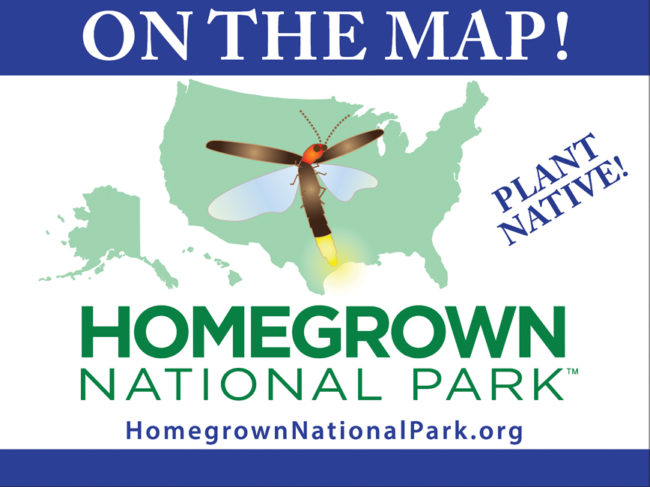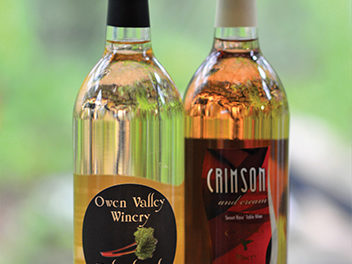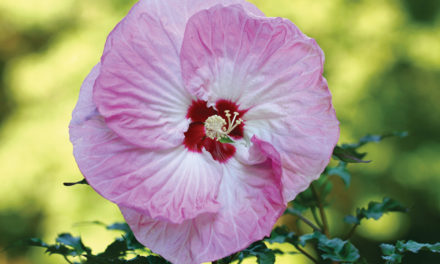
by SUSAN M. BRACKNEY
Imagine having a piece of Bloomington’s many parks and preserves in your own backyard. In a sense, you can. By working
to conserve nature where you live, you help close the gaps in biodiversity which occur between forests and other naturalized areas.
And if we each take part? We’ll create larger, more unified natural corridors which support a wealth of wildlife. That’s the notion behind the new Homegrown National Park initiative. “If we all create a biodiverse property where we live, where we work, then we’ll be connecting to national parks—and we’ll have a national park in our backyard,” explains Michelle Alfandari.
She co-founded Homegrown National Park with Doug Tallamy, a University of Delaware entomology and wildlife ecology professor and author of Bringing Nature Home: How Native Plants Sustain Wildlife in Our Gardens. “There are these isolated national parks that are great in terms of biodiversity where they are, but they’re not sustainable by reaching out to the geography around them,” Alfandari continues.
For their part, Bloomington’s forested areas are critical reservoirs of native plants, fungi, insects, birds, and more. Turns out such biodiversity helps to sequester mountains of carbon, and the more contiguous natural land we can preserve—or restore—the better off we’ll all be. Fortunately, creating bridges between biodiversity-rich spots and the surrounding geography is easier than we think.

Getting Started
Just how does it work? To begin, remove invasive plants like Asian bush honeysuckle from your yard. Next, plant trees, shrubs, and perennials that are native. Then, enter your data via www.homegrownnationalpark.org, where it will be added to a map.
“In my case, it’s how much land I have and how much of it I have [planted with] natives,” says Gillian Field, a community organizer and member of Monroe County—Identify and Reduce Invasive Species (MC-IRIS). “[The map] also includes my county.”
Additionally, Homegrown National Park provides extensive resources—even linking to MC-IRIS. (Want a crash course on local invasives? MC-IRIS targets a different one annually with its Reduce One Invasive Species Challenge. Purple wintercreeper is this year’s. They give public talks and hold periodic Weed Wrangles, too.)
Building New Corridors
To date, Homegrown National Park’s map includes 3,341 native planting entries. Researchers eventually may be able to use the map to track new ecological corridors.
For now, though, the project is primarily a call to action. “We’re focused on loss of habitat, what loss of habitat means to biodiversity, and how we can restore that,” Alfandari says. “It’s a way for people to see how they’re part of a bigger whole.”
“We can make a difference on our own and in our own yards,” Field concludes. “And your yard is next to my yard, and each yard makes up the whole of America.”














